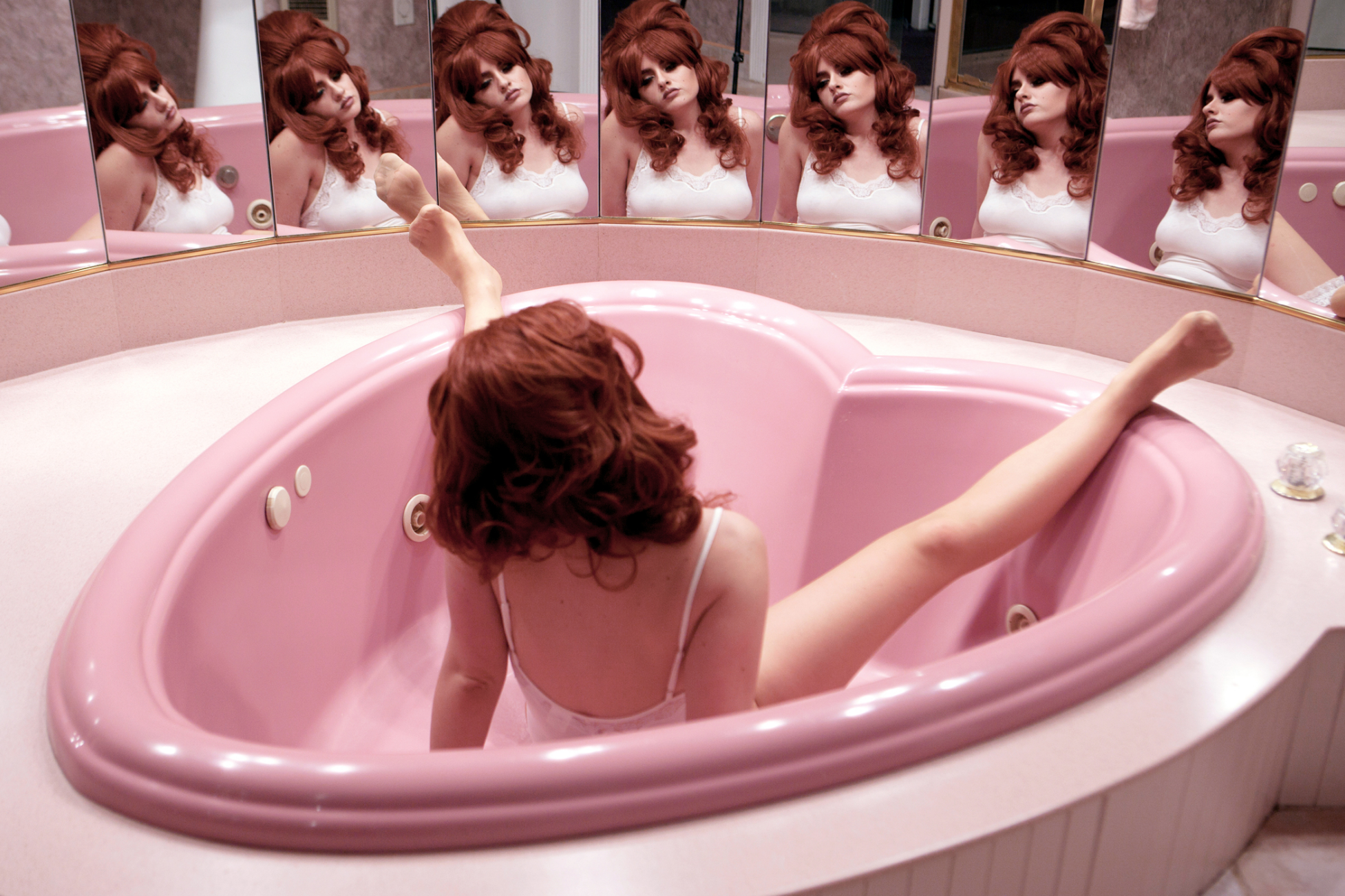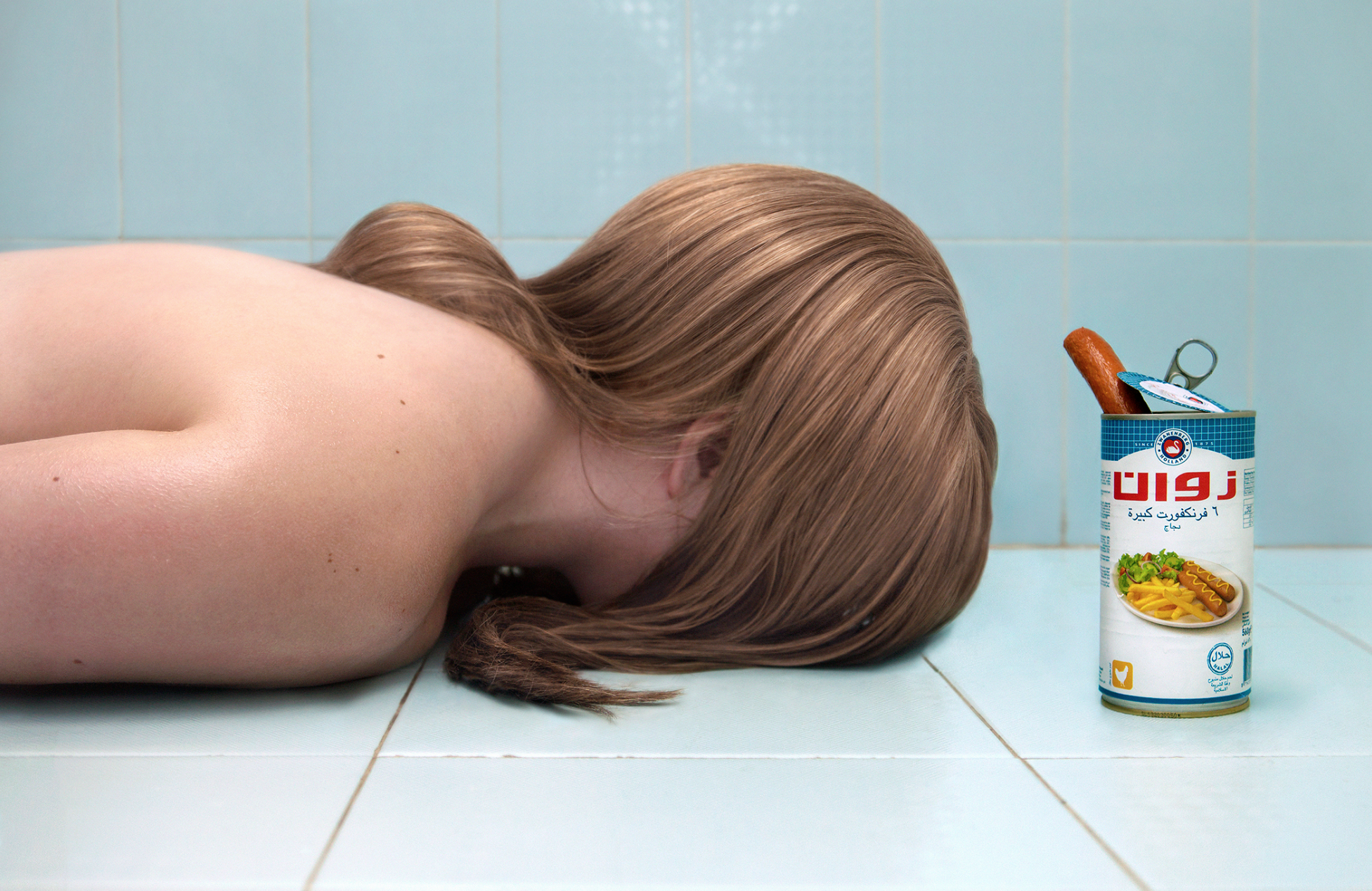Calypso works mainly in self-portraits, or ‘selfies’. She uses a character Joyce to portray a laboured construct of femininity.
I am drawn to her work mainly for the segmentation of the female body she portrays. She uses omnidirectional mirrors to create a multi-angled and dismembered view of the female form.
Berger critiques the interplay between the gaze of viewer, artist, and nude. Mirrors are the classic symbol of the ‘vain feminine’, harking back to mythological representations. The idea of the gaze of the viewer and the nude, the nude existing to be looked at, the nude staring off, allowing herself to be looked at, or looking at herself in a mirror.
“You painted a naked woman because you enjoyed looking at her,” wrote Berger, “Put a mirror in her hand and you called the painting ‘Vanity,’ thus morally condemning the woman whose nakedness you had depicted for you own pleasure.”
I am curious in the evolution of this interplay of the gaze. How do the power dynamics shift when the subject/nude becomes the artist? Calypso’s work has been tied to the idea of the ‘looped gaze’, the idea of …..”the feeling of attraction and alienation when seeing yourself through your image in the social media age.”
But also the confusing loop of representation and (being/sense of self) ….. that the female (and everyone really) sits in right now. To portray sexuality is applauded or condemned, selfies are vain but they represent the ownership of our own self-image. Women now have the ability to be completely in charge of our own image, but the pressures of media, culture, reality means that this space is continuously oscillating between exploitation, narcissism and empowerment.
The feminine ideal and the constructed feminine are stimulating ideas emanating from Calypso’s work. As self-portraits, the idea of the constructed self-image leads us to also question the idea of the constructed online digital personality/avatar. Leah Schrager and Molly Soda delve further into these ideas.









